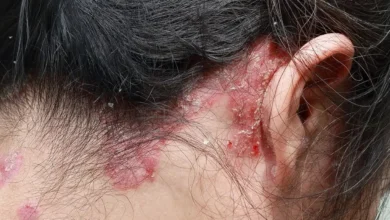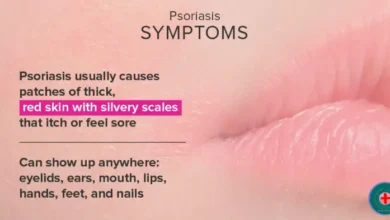Psoriatic Arthritis: Best 14 Facts about Psoriatic Arthritis
Notes on Psoriatic Arthritis
Psoriatic arthritis tends to affect psoriasis patients and is not contagious. It can also affect the eyes and intestines.
Early intervention is key to managing PsA and empowering patients to control their health. PsA causes body inflammation, chronic fatigue, swelling, and persistent joint pain, often accompanied by stiffness and soreness.
A form of inflammatory dermatosis is signified by psoriasis plaque, which can present as dry and scaly patches or rashes.
In this study, we strive to elucidate the primary determinants and exposed individuals that could be influenced by PsA and its comorbidities.
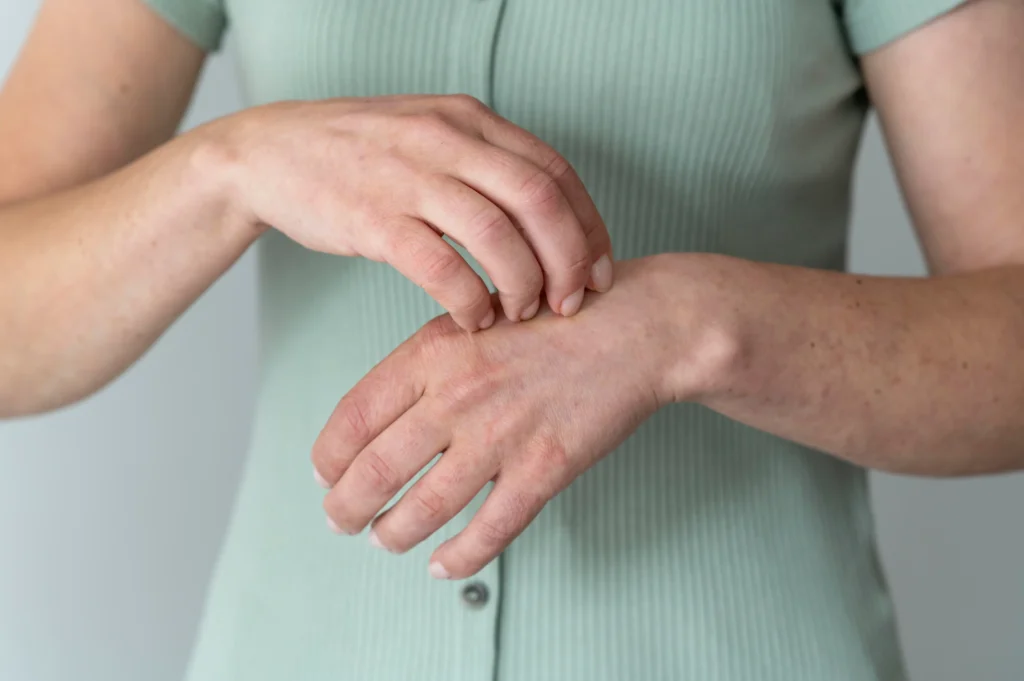
1. Misdiagnosis of Psoriatic Arthritis with other types of arthritis
Psoriatic arthritis is commonly misdiagnosed due to other conditions such as:
- rheumatoid arthritis,
- gout,
- osteoarthritis,
- reactive arthritis.
Many people with PsA are misdiagnosed due to the lack of significant diagnostic features.
Verifying a diagnosis may require ascertaining your health status holistically, spanning your joints and skin, together with lab work analysis. The lab work may pertain to blood tests for PsA inflammation and other associated markers and imaging studies of the joints to rule out other conditions.
2. Psoriatic arthritis falls under the category of autoimmune disorders.
PsA is a Trusted Source of autoimmune disease. In conjunction with psoriasis, the immune system affects the joints and skin; however, it may also impact other tissues and organs.
PsA triggers chronic inflammation in previously unaffected tissues, resulting in:
- pain
- swelling
- stiffness
3. Most patients with psoriatic arthritis are rheumatoid factor (RF) negative.
Rheumatoid factors are often referred to as RF. The immune system may also produce RF antibodies, which have the potential to bind to other proteins and damage tissues and cells.
PsA patients tend to be RF negative, meaning that while RF proteins can be detected through blood testing, those with PsA generally do not have these factors.
If a patient is found to have RF, physicians are likely to conclude that rheumatoid arthritis is the causative agent of the arthritic symptoms rather than PsA.
4. There are several available checks for psoriatic arthritis.
There is no singular diagnostic examination by which PsA can be confirmed. The same is true for PsA, and a physician needs to conduct several examinations that comprise,
- Imaging tests: This comes with X-rays and MRIs, which let physicians see the changes that are taking place in the bones and joints.
- Blood tests: Other tests, such as Sedimentation rate, CRP, or C-reactive protein, also measure inflammation.
- Skin biopsy: This helps in confirming if a patient has psoriasis as well.
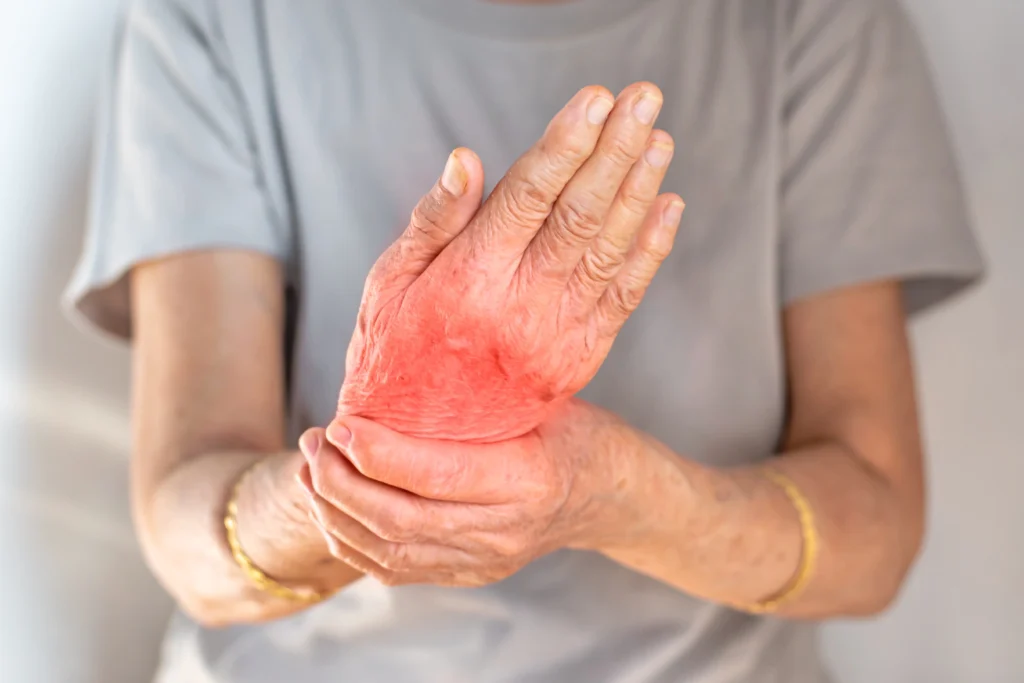
5. Flare-ups of psoriatic arthritis are very common.
PsA is a progressive disease with no known cure. It is reported that most patients with this condition have flare periods from time to time during which both symptoms and the disease are radiantly exaggerated. These periods are termed flares.
While PsA is a progressive disease without a known cure, medication and lifestyle strategies can help control relapsing symptoms. This hope aids the patients by giving them solace and positivity that they can still live meaningful lives irrespective of the illness.
6. Relatives may have psoriatic arthritis
A family member with PsA may increase the likelihood of developing the condition.
As noted in the study, about 40% of patients diagnosed with PsA or psoriasis identified in a 2020 Trusted Source study have at least one first-degree relative with either condition. However, this relationship does not hold for all patients with the condition.
7. Close to 25% of the population with psoriasis will have PsA
In the United States, roughly 7.5 million adults over 20 had psoriasis as of 2021.
Notably, a 2019 review indicated that only one in four people with psoriasis will eventually develop psoriatic arthritis (pA).
Psoriasis can potentially result in other types of arthritis, including osteoarthritis. However, a small fraction of individuals may develop rheumatoid arthritis, which is rare.
8. The occurrence of psoriatic arthritis affects both genders equally.
Both females and males have the same chances of acquiring this condition. pA can commence at any period in one’s life, although most people are diagnosed between the ages of 30 and 50.
Typically, people are diagnosed about 7-10 years after they first develop symptoms of psoriasis.
9. While PsA does not respond well to some triggers, it is also not contagious.
Though psA may have some genetic risk factors, it does not qualify as an infectious disease. PsA does not spread from person to person.
However, the following may increase the risk of developing PsA in someone predisposed to it:
- injury
- stress
- illness
An excessive autoimmune reaction is possible when one or more factors trigger the immune system to go into overdrive.
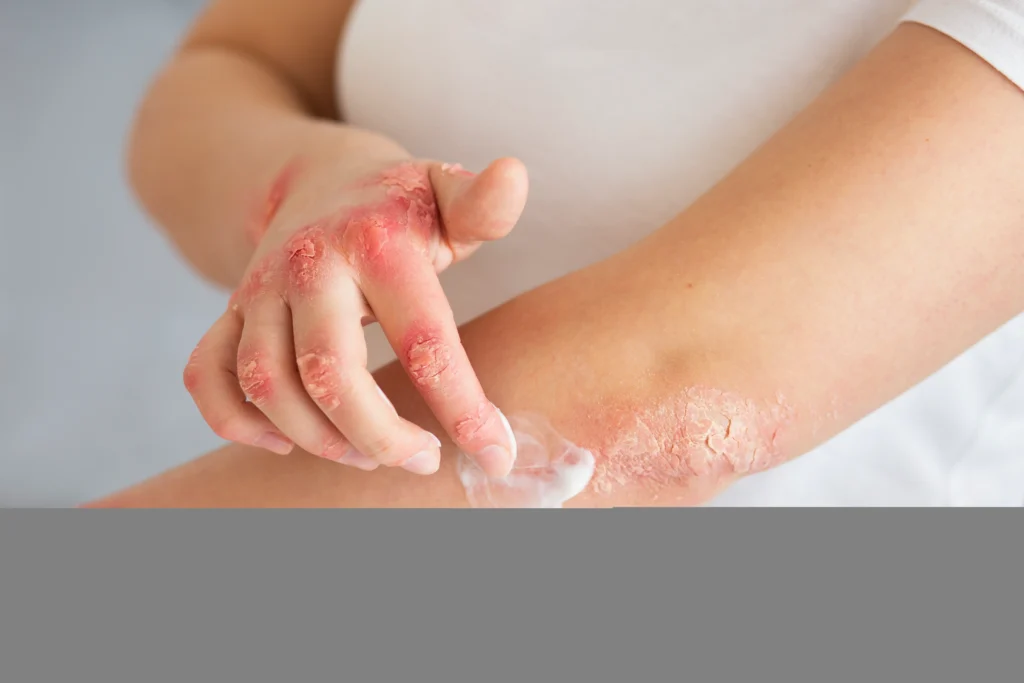
10. Any joint may be impacted by psoriatic arthritis.
PsA extends beyond the common joints in the hands, feet, arms, or legs. It also involves the spine, hips, and shoulders.
Any joint where muscles and ligaments interface with bones has the potential to show signs of arthritis.
11. Psoriatic arthritis is capable of impacting more than just joints.
The repercussions of the immune system’s assault on healthy tissue extend far beyond the joints. People diagnosed with PsA might experience uveitis, the inflammation of one of the eyes’ middle layers, and other chronic gastrointestinal conditions like Inflammatory Bowel Disease.
Patients may also experience a greater chance of developing other comorbid conditions like depression & metabolic syndrome. Metabolic syndrome: a cluster of conditions:
- Coronary artery disease
- Type 2 diabetes
- cerebrovascular accident
These other associated conditions can be further prevented by focusing more and caring earlier on managing PsA.
12. The diagnosis of psoriatic arthritis does not equate to a lifetime of chronic illness
Psoriatic arthritis (PsA) is not currently curable, but symptoms can be managed through over-the-counter and prescription medications. Treatment assists in:
- manage symptom flares
- mitigate progression
- Safeguard joints and tissues from cumulative damage.
With an acceptable treatment strategy, it is feasible to maintain a strong quality of life despite the impacts PsA can inflict on someone.
13. External manifestations of psoriatic arthritis do not tell the entire story
Not all patients with PsA exhibit puffy fingers or the scales of skin that turn brownish.
Several PsA symptoms are “covert,” like discomfort and exhaustion, which can become challenging to explain to others.
14. Physical activity could alleviate the effects of psoriatic arthritis
Symptomatic management with medications coupled with physical activity may provide symptom relief for some individuals. Joint strength, flexibility, and endurance can be developed through:
- swimming
- walking
- yoga
- biking
Such exercise may also reduce the risk of hypertension, type 2 diabetes, and obesity.
Final thoughts
Psoriatic arthritis is a chronic and progressive condition that is not infectious, although it can be genetically predisposed to and triggered by stress, certain illnesses, or disease exacerbations.
Intervening at an earlier stage can alleviate the symptoms of psoriatic arthritis and mitigate its potential complications for life, including but not limited to the intricate, irreversible damage it can inflict on joints and critical organs.
A few changes in daily habits, such as regular exercise, can also help lessen the symptoms of this condition and enhance one’s functioning in daily life.

